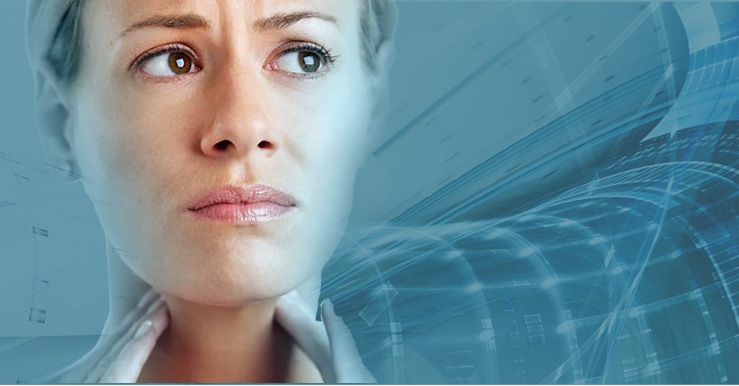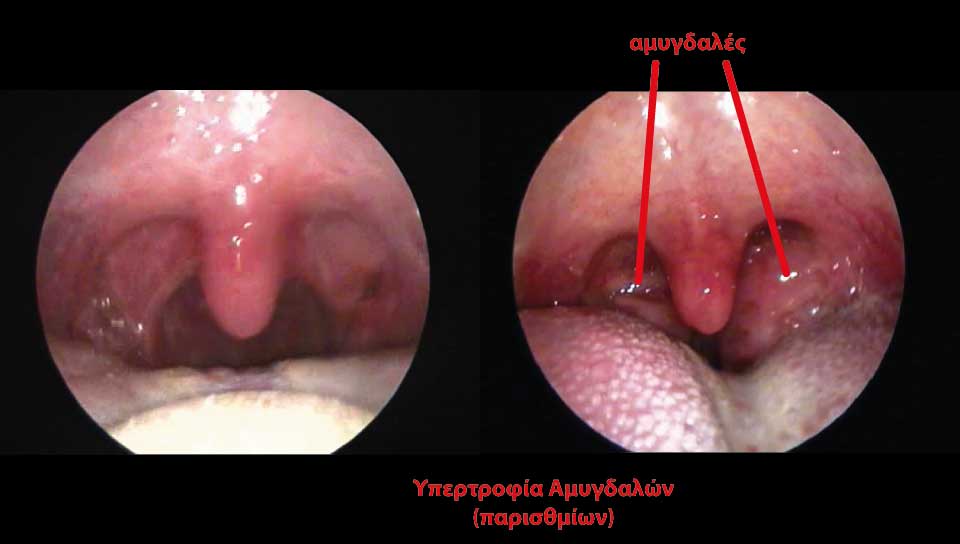Tonsillectomy consists in the removal of the two tonsils and is being done in the following cases: 1. Frequent episodes of tonsil infections, especially when these episodes can difficultly be confronted with antibiotics, when tonsils themselves are a part of the defensive system of an organism. 2. When their size is extremelly large and cause - especially to children- breathing troubles while sleeping, delay in development, burden in the function of the heart, while there is also danger of a blockage (breathing infirmity), in case of an inflammation. 3. Diagnosed heart or kidneys problems in combination with tonsils diseases, so we move to their removal in order to avoid any further worsening of heart or kidneys condition, when absolute or relevant indications appear. 4. In complications of tonsils disease, such as the Peritonsillar abscess (PTA), etc. where it is imperative to move to the operation as soon as possible.
The operation
Extraction of the two tonsils with the use of conventional equipment, ultra-sound chisel, radio frequency or Laser
Stages
- Placing the patient inTrendelenburg Position (supine and head lower than the body) with open mouth
- Extraction of the two tonsils with the use of conventional equipment, ultra-sound chisel, radio frequency or Laser
- If there is an ypertrophy of the adenoids there will be an extraction through the mouth (adenotomy)
- If there is fluid gathered behind ear-drum (or drums) there may tympanic membrane incision (myringotomy - tympanotomy) and probably placement of ear tubes so the ear can be easily ventilated
- One suture is placed sometimes in the lower pole of the rejected tonsil, wound heals alone slowly
Anesthesia
General
Duration of surgery
30-45 minutes
Stay in the clinic
Discharge after 6 hours and quite rarely the morning after. If it is combined with other operations as mentioned below discharge note can be given the day after
Result
Permanent result. The patient has no longer tonsils.
Combination with other operations
In breathing problems it could be combined with septoplasty (nasal septum straightening) and cauterisation of the nasal conchas. In order to face breathing problems while sleeping and snoring it can be combined with Uvulo-Palato-Pharyngoplasty (UPPP) or simple Uvoloplasty
Instructions after surgery
- Immediate mobilization of the patient after the surgery
- Cold drinks and food after the surgery for 2 days
- Avoiding hot food and drinks for 7-10 days
- Avoiding rough food for about 15-20 days
- Painkillers are systematically prescripted for 7-10 days
- Antibiotics are being given as a precaution for 7-10 days
- There is no sutures removal because they get absorbed/ rejected







 Press here to download a free QR Reader
Press here to download a free QR Reader



